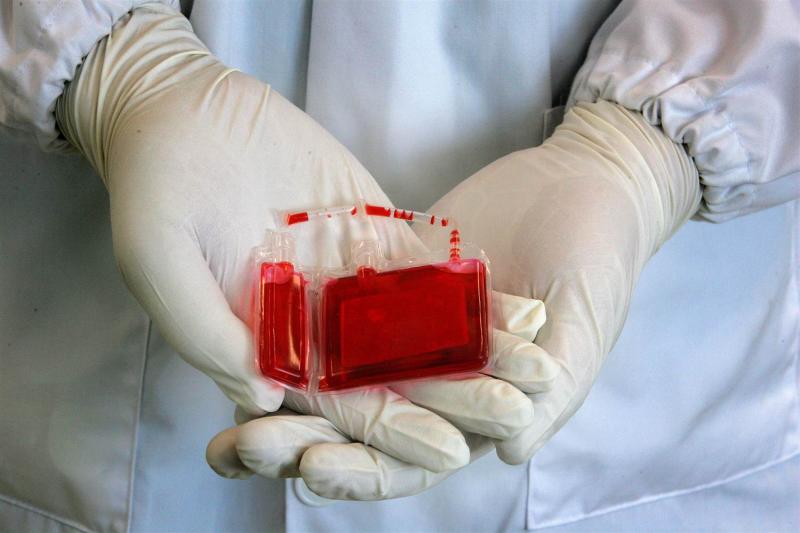 Singaporeans are urged to donate more cord blood units for the minority races. Photo credit: Reuters/NBC
Singaporeans are urged to donate more cord blood units for the minority races. Photo credit: Reuters/NBCThe cord blood profiles of glucose, insulin and lipids are altered in babies small (SGA) and large (LGA) for gestational age, a recent study has shown.
“Our findings support the hypothesis that babies born small for gestational age and large for gestational age are exposed to different intrauterine environments, which may contribute to altered fat accumulation patterns with implications for the risk of metabolic dysfunction later in life,” researchers said.
Of the 1,522 mothers (mean maternal age, 29.5±3.30 years) included, more than a fifth had gestational diabetes mellitus. Overall, there were 1,320 infants appropriate for gestational age (AGA), while 105 and 96 were SGA and LGA, respectively.
Multivariable linear regression analysis showed that the Z-scores of cord blood insulin, total cholesterol, and high-(HDL-C) and low-(LDL-C) density lipoprotein cholesterol were all correlated positively with birthweight Z-scores, while cord blood triglyceride Z-scores were inversely associated.
Further stratifying according to birthweight categories, the researchers found that cord blood triglycerides were lower in SGA babies than in AGA comparators (adjusted mean Z-score difference, 0.60, 95 percent confidence interval [CI], 0.40–0.79).
On the other hand, Z-scores of cord blood insulin (adjusted mean difference, –0.37, 95 percent CI, –0.57 to –0.16), HDL-C (adjusted mean difference, –0.34, 95 percent CI, –0.55 to –0.13), total cholesterol (adjusted mean difference, –0.26, 95 percent CI, –0.47 to –0.05) and LDL-C (adjusted mean difference, –0.23, 95 percent CI, –0.43 to –0.02) were all lower.
In LGA babies, cord blood insulin was the only altered parameter, measuring higher than in AGA infants (adjusted mean difference, 0.31, 95 percent CI, 0.09–0.52).